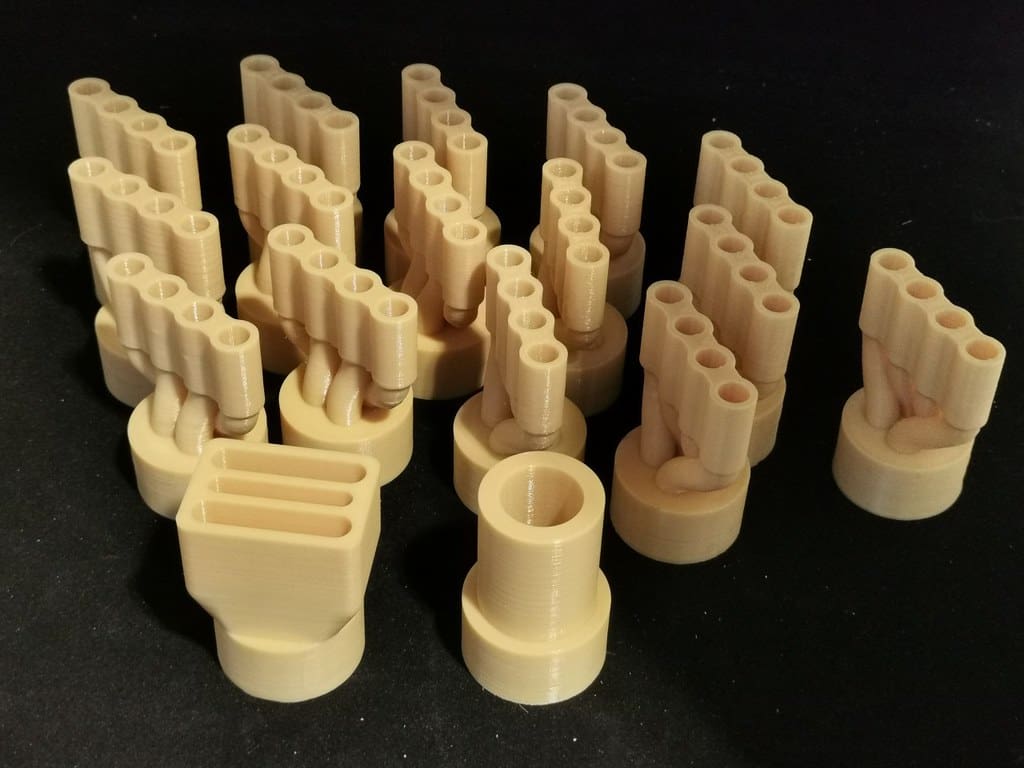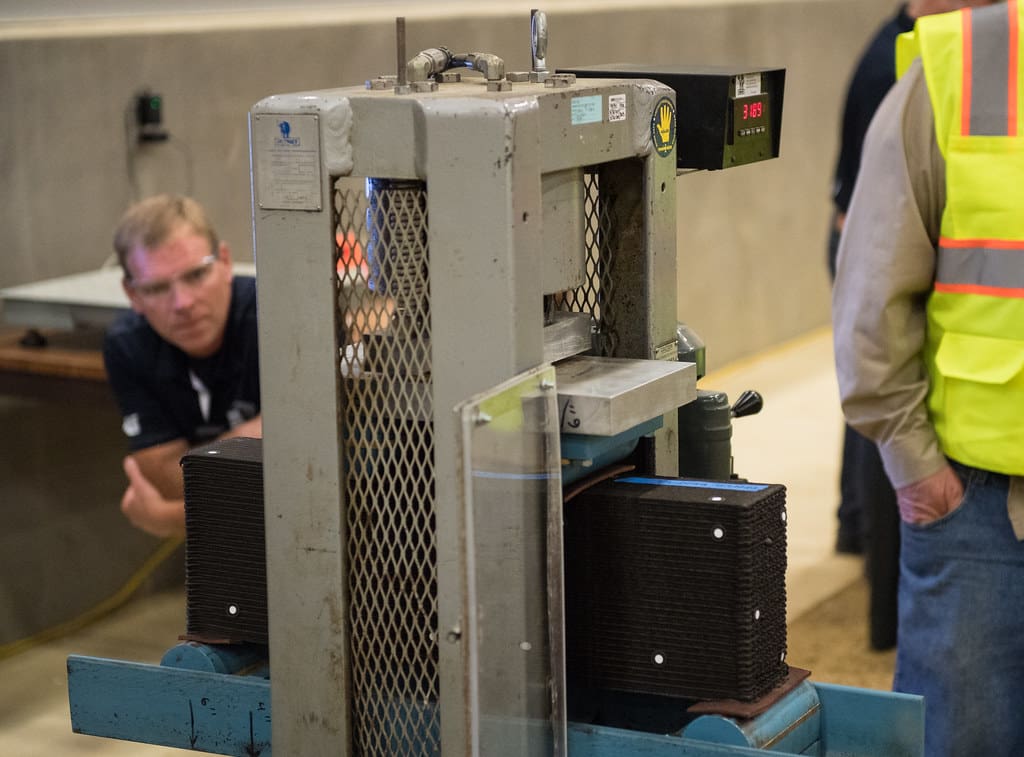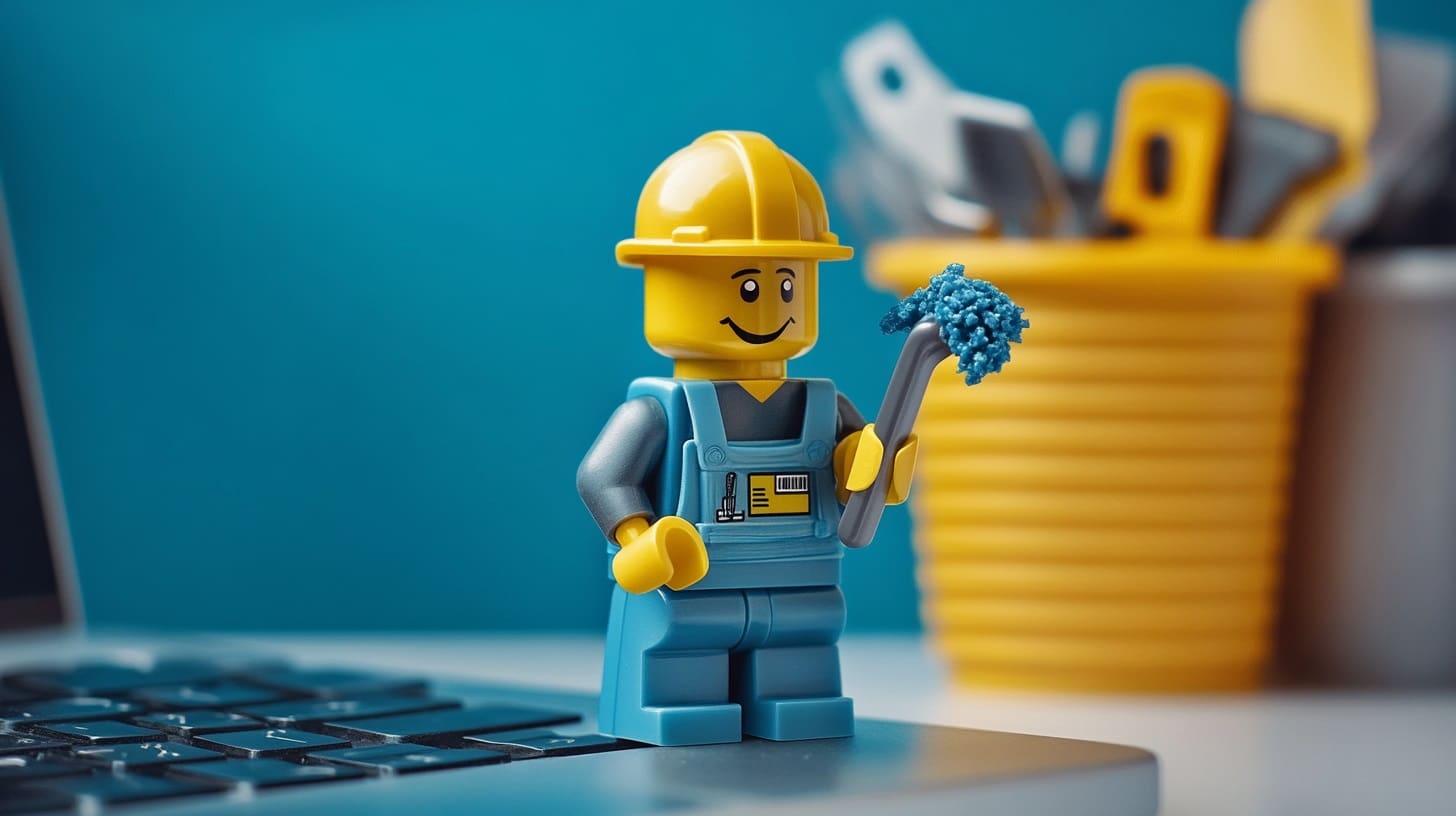Infrastructure design encompasses the planning and construction of foundational services and facilities that support modern society, including transportation systems, utilities, and public works. The integration of 3D printing technology into infrastructure design is transforming how these essential elements are conceived, designed, and built. This innovative approach not only offers enhanced flexibility and efficiency but also promotes sustainability and cost-effectiveness in infrastructure projects. As 3D printing continues to evolve, it is poised to play a crucial role in shaping the infrastructure of the future.
The Emergence of 3D Printing in Infrastructure Design
Initially used for small-scale modeling and prototyping, 3D printing has expanded its reach to include the construction of significant infrastructure components. Advances in large-scale 3D printing technology now allow for the printing of complex structural elements, from bridge components to entire roadway segments. This capability is particularly valuable in infrastructure design, where the precision and customization offered by 3D printing can lead to better-performing and more durable structures.

Advantages of 3D Printing in Infrastructure Design
Design Innovation: 3D printing enables the creation of complex geometries and structures not feasible with traditional construction methods. This allows engineers to design infrastructure components that are optimized for performance and durability while reducing material usage.
Speed of Construction: Infrastructure elements can be printed off-site and assembled on location or printed directly on-site, significantly reducing construction times. This rapid deployment capability is crucial in urgent infrastructure projects, such as those required for disaster recovery.
Cost Reduction: 3D printing reduces labor costs and minimizes waste, leading to significant savings in overall project expenditures. The precision of 3D printing also decreases the need for corrections and rework, further cutting down costs.
Sustainability: By minimizing waste and allowing for the use of recycled materials, 3D printing contributes to more sustainable infrastructure development. Additionally, the ability to print with locally sourced materials can reduce the carbon footprint associated with transporting construction materials.
Customization and Flexibility: Infrastructure components can be tailored to specific environmental and geographical challenges, enhancing the resilience and functionality of the infrastructure. This customization is particularly advantageous in areas prone to natural disasters or in complex urban environments.
Key Applications of 3D Printing in Infrastructure Design
Bridge Construction: Several projects worldwide have successfully demonstrated the use of 3D printing in constructing bridge components. These bridges are often designed with intricate lattice structures that are not only aesthetically pleasing but also provide enhanced strength and material efficiency.
Roadway and Pavement Systems: 3D printing is used to create durable and precisely designed road components, including personalized road surfaces and embedded sensors within pavements for monitoring traffic and environmental conditions.
Utility Pipes and Channels: Additive manufacturing can produce pipes and conduits tailored to specific requirements, which can include integrated sensors or novel materials designed to improve longevity and functionality.
Public Transit Facilities: Elements of public transit systems, such as platforms, shelters, and seating, can be 3D printed to match specific urban aesthetics and functional design criteria, improving the integration of public transport facilities into the urban landscape.
Protective Barriers: 3D printing allows for the production of customized noise barriers, retaining walls, and other protective structures that fit seamlessly into their surroundings and meet exact specifications for performance.

Challenges in 3D Printing for Infrastructure Design
Material Durability: Ensuring that 3D printed materials meet long-term durability and reliability standards is essential, particularly for infrastructure that must endure extreme weather conditions and heavy use.
Scale and Technical Limitations: While 3D printing technology is advancing rapidly, scaling up to larger infrastructure projects presents significant challenges in terms of printer size and speed.
Regulatory Approval: Infrastructure projects often face stringent regulatory requirements. Gaining approval for the use of 3D printed components can be complicated by the lack of established standards and testing protocols for these new technologies.
Skill Gaps: As 3D printing in infrastructure design is relatively new, there is a learning curve associated with employing these technologies effectively. Training and development are necessary to equip engineers and designers with the skills to utilize 3D printing technologies fully.
Future Directions in 3D Printing for Infrastructure Design
The future of 3D printing in infrastructure design looks promising, with continuous technological advancements expected to expand its applications and efficiency. Future innovations may include the development of new materials with enhanced properties, larger-scale printers capable of handling extensive infrastructure projects, and improved integration with traditional construction methods.
3D printing is set to revolutionize infrastructure design by enabling more efficient, sustainable, and cost-effective construction practices. As this technology matures, it will likely become a staple in infrastructure development, offering new solutions for complex design challenges and helping to build resilient, future-ready communities. The integration of 3D printing into infrastructure projects not only supports innovation in engineering practices but also contributes to the broader goals of enhancing the quality and sustainability of built environments.








